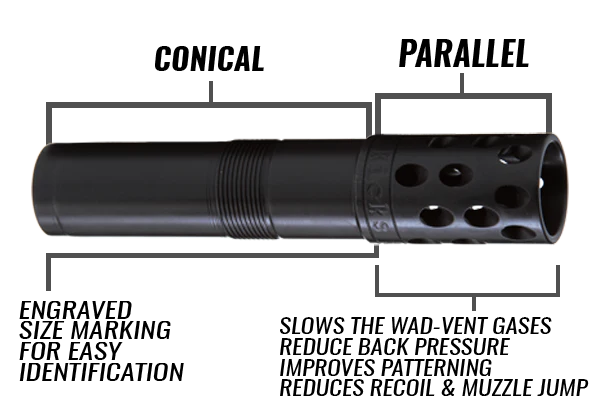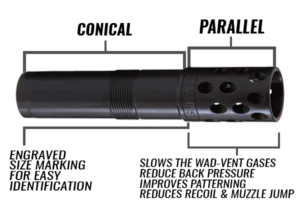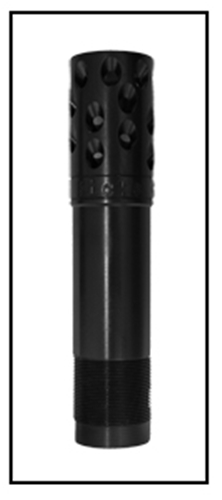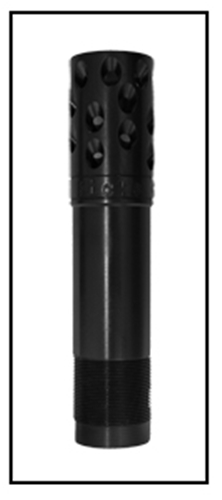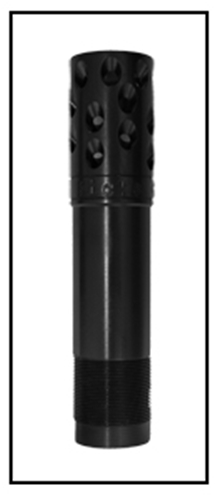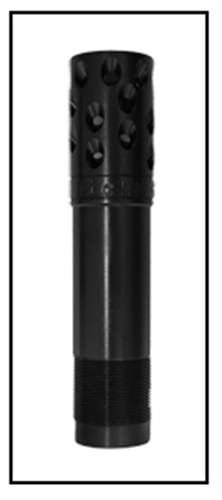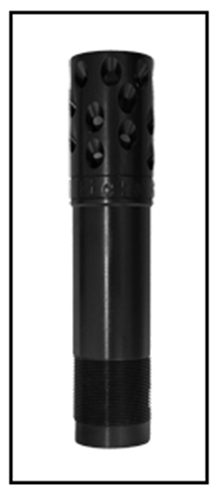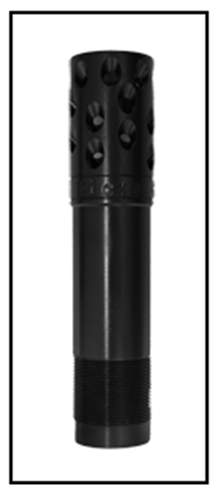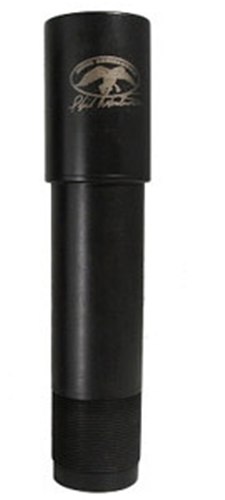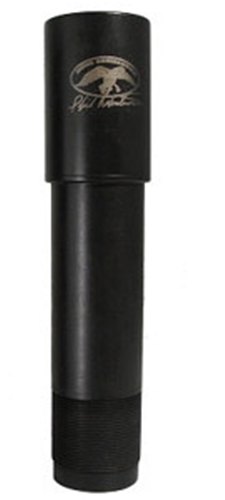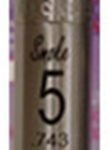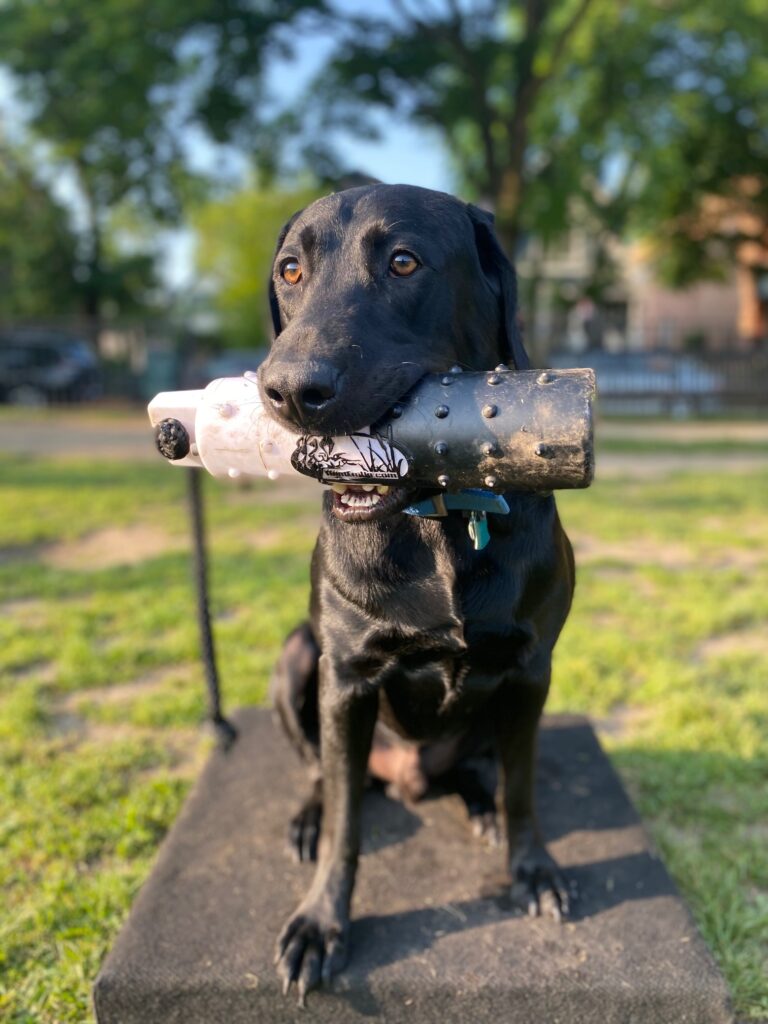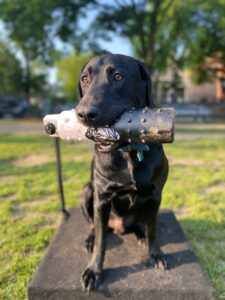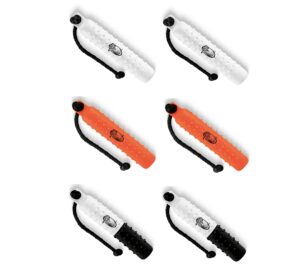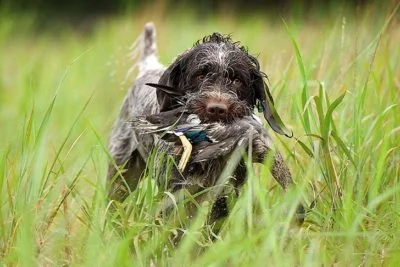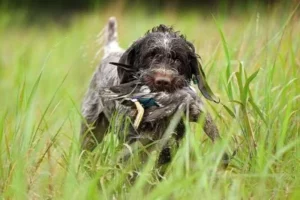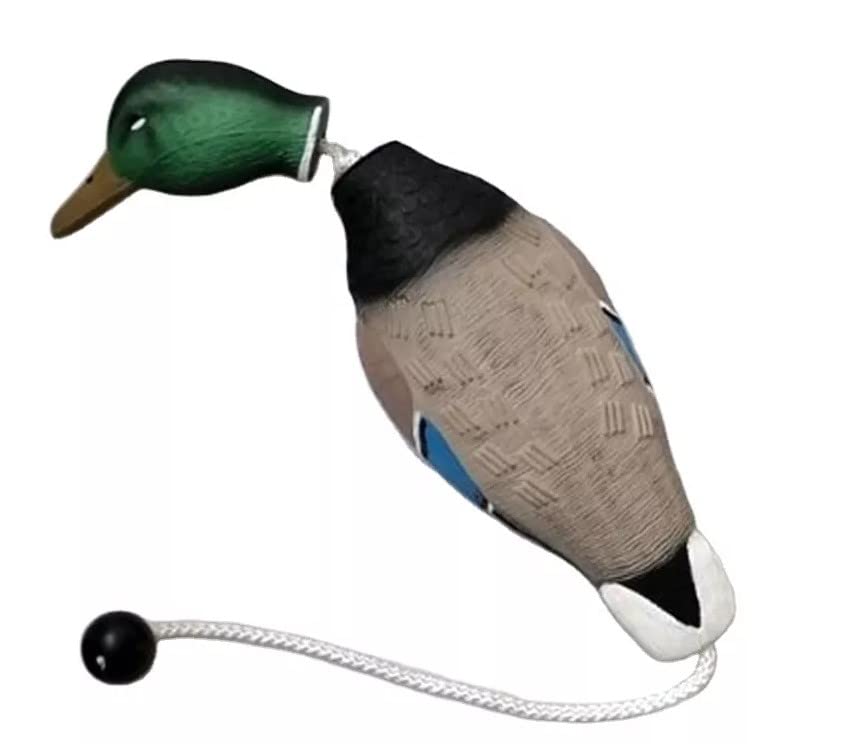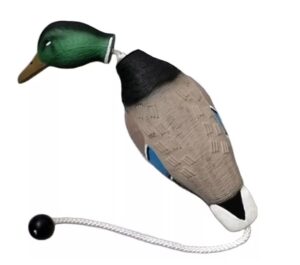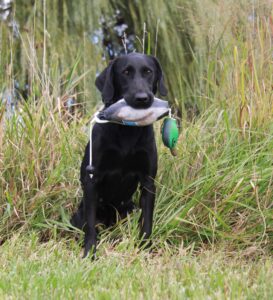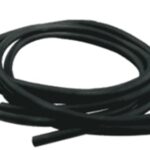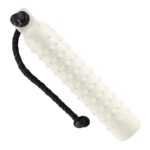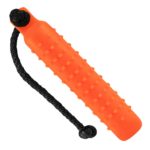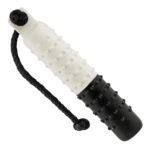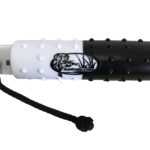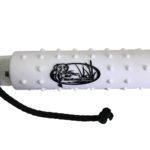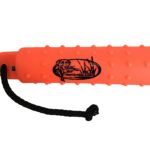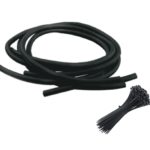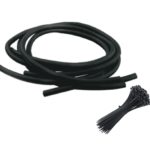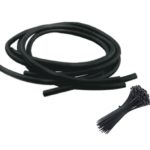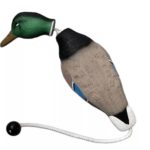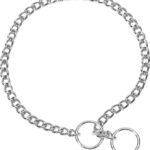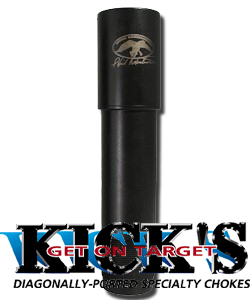Why Are Kick’s Choke Tubes Better?
Why Are Kick’s Choke Tubes Better, KICK’S Industries is a leading manufacturer of aftermarket shotgun chokes that cater to every type of hunting and competition shooting. Customers can purchase KICK’S chokes directly from the factory or through the company’s international dealer network.
The quality of KICK’S chokes is attributed to the use of superior quality materials. The choke tubes are made from solid, heat-treated, 17-4PH grade round bar stock. This eliminates any issues with weak seams or lower quality materials such as tubing.
All KICK’S chokes have a completely smooth inside bore, with no blocks or rings inside that may deform the shot or inhibit the patterning. The chokes have a unique combination of conical and parallel sections, where the conical section is responsible for choking and the parallel section for wad-stripping. Additionally, KICK’S chokes do not require a wrench for installation or removal.
How Does a Kicks Choke Work?
KICK’S chokes feature a diagonal porting design at a 135° angle, which effectively reduces side blast compared to other porting types. The sharp angle of the ports acts as a braking system, slowing down the wad and resulting in superior patterning.
The conical/parallel internal design, exclusive to KICK’S, combined with the outward angled diagonal ports, improves patterns by up to 20% in density. Additionally, these ports reduce muzzle jump and felt recoil, allowing for faster, more accurate, and comfortable follow up shots.
Overall, KICK’S chokes offer a unique and effective solution for reducing side blast, improving patterning, and enhancing shooting performance.
Shop Kick’s Chokes Tubes HERE
